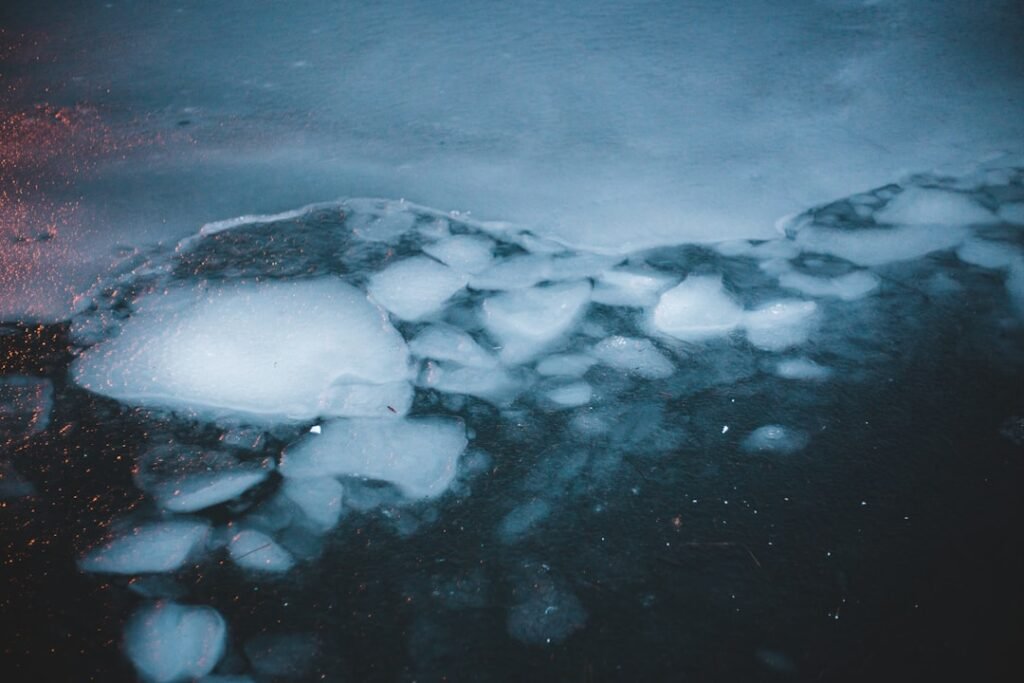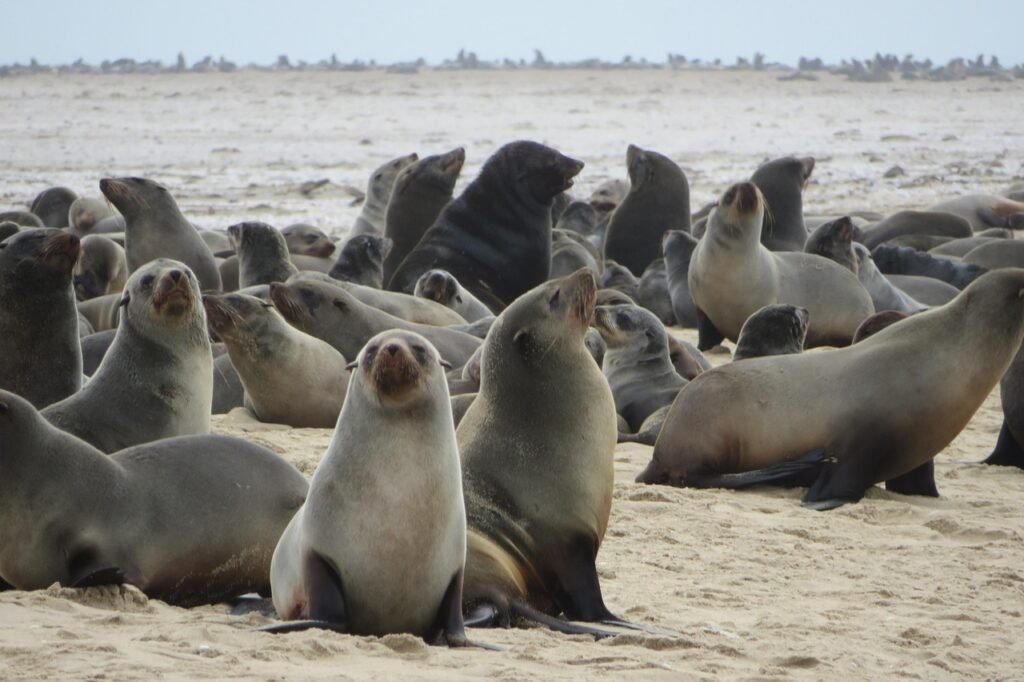In the delicate dance of nature, flowers and pollinators have long been partners in a complex and beautiful relationship. Yet, in recent times, some flowers continue to perform their age-old rituals, beckoning pollinators that have vanished from the Earth. This haunting scenario is a testament to the fragile interconnections in ecosystems, where the absence of one player can leave another stranded in time.
The Intricate Relationship Between Flowers and Pollinators
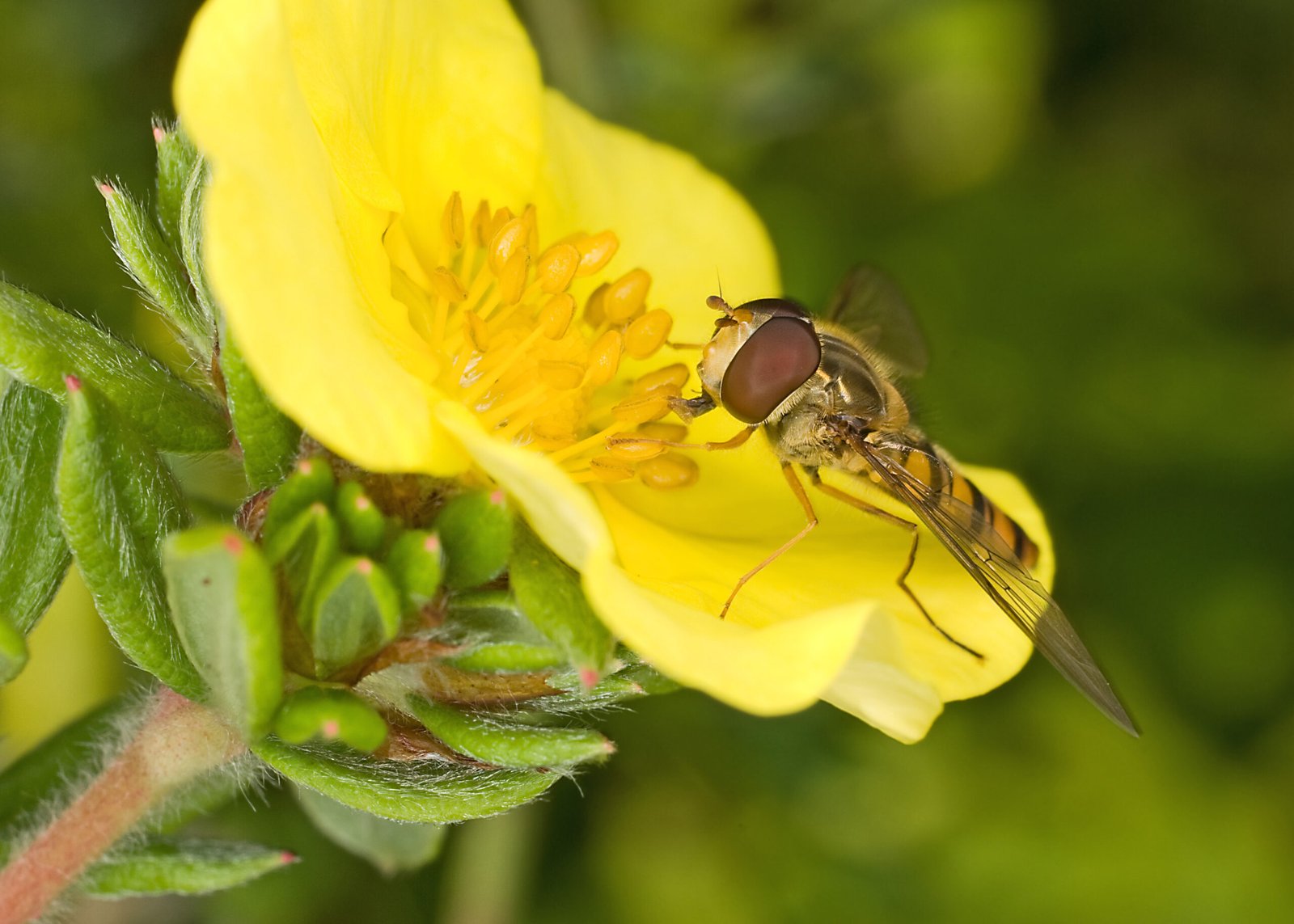
Flowers and their pollinators have co-evolved over millions of years, developing specialized traits to ensure mutual benefit. Flowers offer nectar and pollen, while pollinators assist in the plant’s reproduction by transferring pollen from one bloom to another. This relationship is not just about survival but also about thriving together. The shapes, colors, and scents of flowers have evolved to attract specific pollinators, creating a symphony of interaction that sustains biodiversity. When a pollinator disappears, the balance is disrupted, leaving flowers to continue their enticing displays in vain.
Ghostly Blooms: Flowers Left Behind
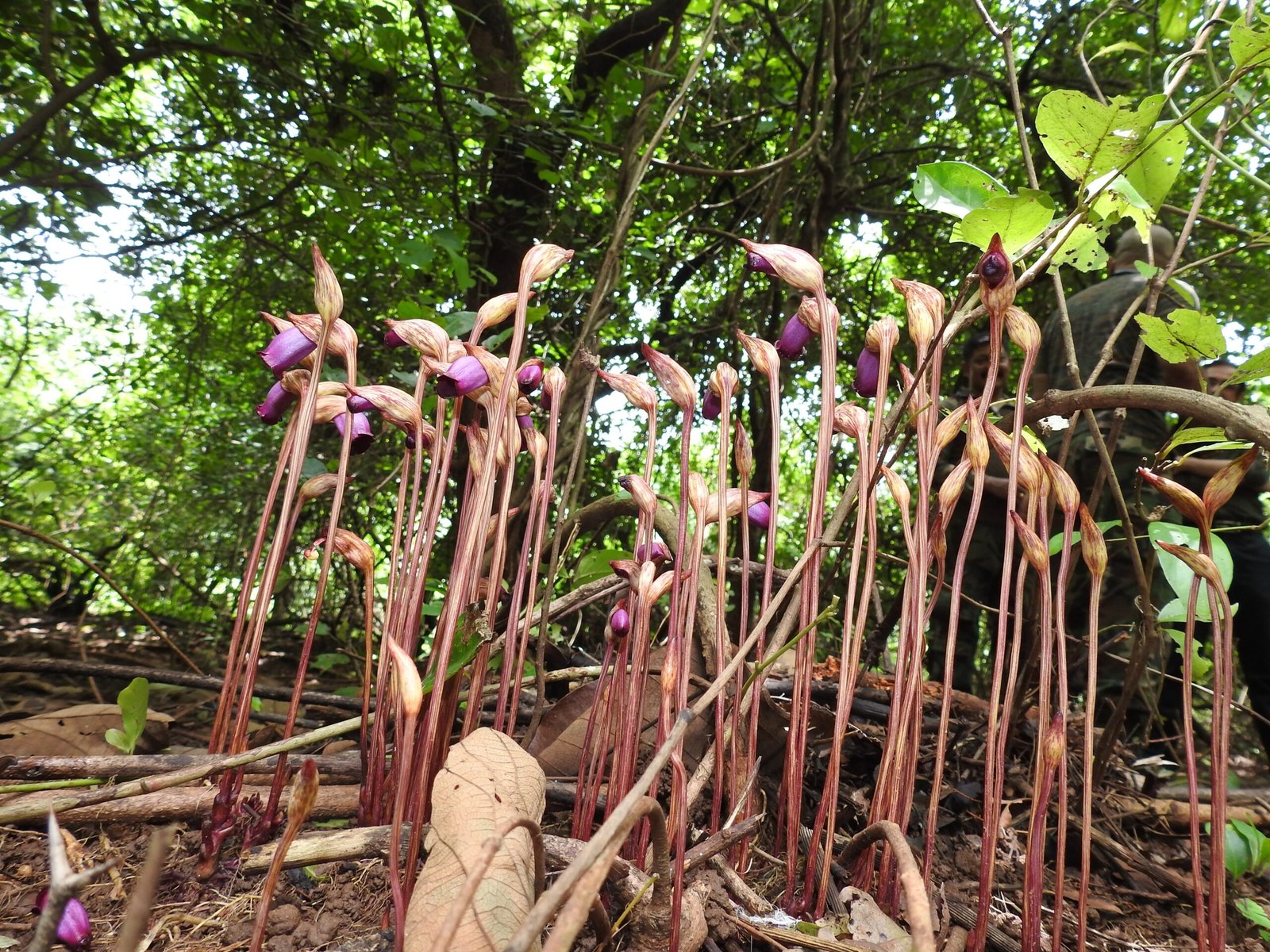
Certain flowers today still exhibit characteristics meant to attract extinct pollinators. These “ghostly blooms” may display vibrant colors or emit unique fragrances to lure pollinators that are no longer around. For instance, some flowers have large, open structures designed to accommodate beetles that have long disappeared. Their continued existence serves as a poignant reminder of the lost connections in nature. This phenomenon highlights the resilience of plants but also underscores the gaps left in ecosystems by extinction events.
The Role of Bees and Beetles in Pollination
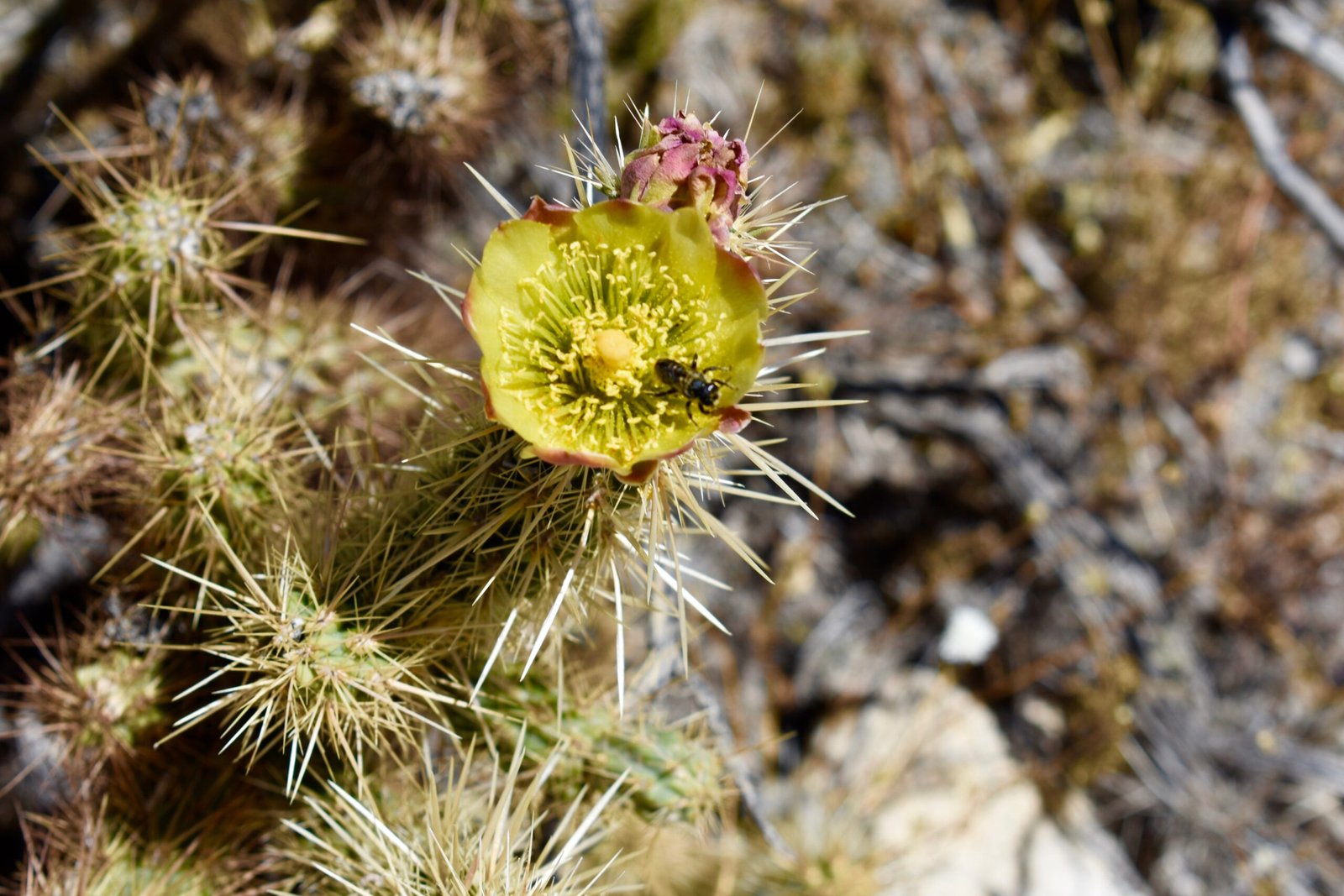
Bees and beetles have historically played crucial roles in pollination. Bees, with their fuzzy bodies, are excellent at transferring pollen, making them one of the most effective pollinators. Beetles, often considered the original pollinators, have contributed significantly to the diversification of flowering plants. The absence of these creatures can lead to reduced plant reproduction, affecting food chains and ecosystem health. The reliance on these pollinators illustrates the vulnerability of plants when their partners are removed from the equation.
Why Pollinators Disappear
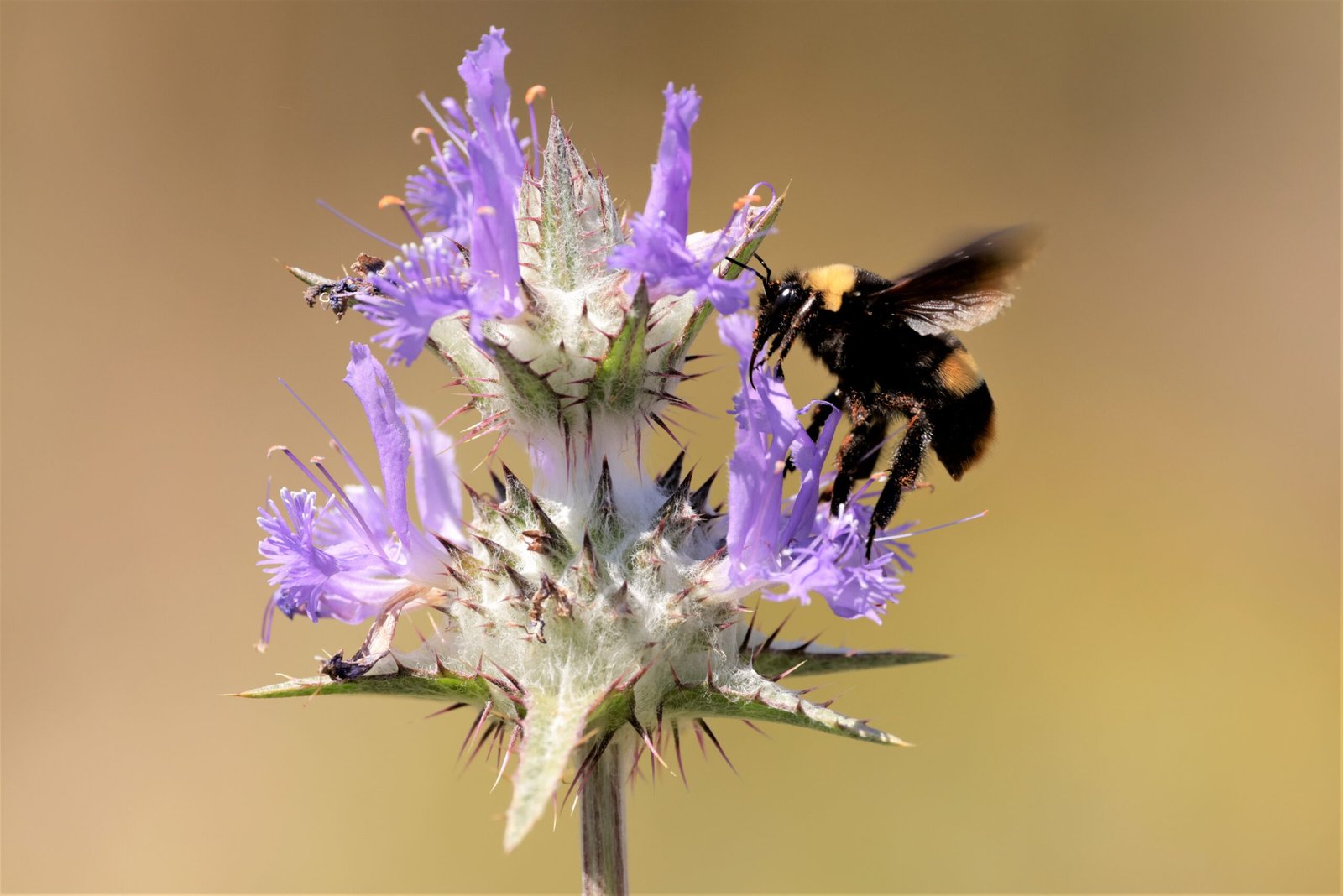
The disappearance of pollinators can be attributed to several factors, including habitat destruction, climate change, pesticides, and diseases. Human activities have dramatically altered landscapes, reducing the availability of resources for pollinators. Climate change has shifted blooming times, leaving pollinators without their food sources at critical times. Pesticides have lethal and sub-lethal effects on pollinators, while diseases spread rapidly in weakened populations. These challenges highlight the urgent need to protect and restore habitats to ensure pollinator survival.
The Impact on Ecosystems
The loss of pollinators reverberates throughout ecosystems, leading to a cascade of effects. Without pollinators, many plants fail to reproduce, resulting in diminished plant diversity. This decline affects herbivores that rely on these plants, subsequently impacting predators higher up in the food chain. The intricate web of life becomes frayed, reducing the resilience of ecosystems to withstand environmental changes. The absence of pollinators is not just a loss for plants but a threat to the entire ecosystem’s functionality.
Adaptation and Survival in Changing Times
Some plants have evolved to adapt to the absence of their traditional pollinators. They may develop self-pollination mechanisms or attract alternative pollinators. While these strategies can ensure survival, they often lead to reduced genetic diversity, making plants more susceptible to diseases and environmental changes. The adaptability of plants showcases nature’s resilience but also underscores the importance of conserving pollinator species to maintain healthy ecosystems.
Conservation Efforts for Pollinators
Efforts to conserve pollinators are gaining momentum worldwide. Initiatives include creating pollinator-friendly habitats, reducing pesticide use, and raising public awareness about the importance of pollinators. Planting diverse, native plant species provides essential resources for pollinators, while organic farming practices minimize harmful chemical exposure. Public involvement in conservation efforts is crucial, as collective action can lead to significant positive impacts on pollinator populations.
The Role of Science and Technology
Scientific research and technological advancements play a pivotal role in understanding and addressing pollinator decline. Studies on pollinator behavior, genetics, and ecology provide insights into the challenges they face and inform conservation strategies. Innovations such as bee-friendly pesticides and habitat restoration technologies offer hope for reversing pollinator declines. By leveraging science and technology, we can develop solutions that support both pollinators and the ecosystems that depend on them.
Embracing the Unknown: Future of Pollination
The future of pollination lies in embracing change and uncertainty. As some pollinators disappear, new interactions may emerge, reshaping ecosystems in unexpected ways. While the loss of traditional pollinators is concerning, exploring novel relationships between plants and pollinators can offer insights into resilience and adaptation. By fostering diverse ecosystems, we can create environments where new pollination partnerships can thrive, ensuring the continued survival of both plants and pollinators.
Lessons from Nature’s Forgotten Dance
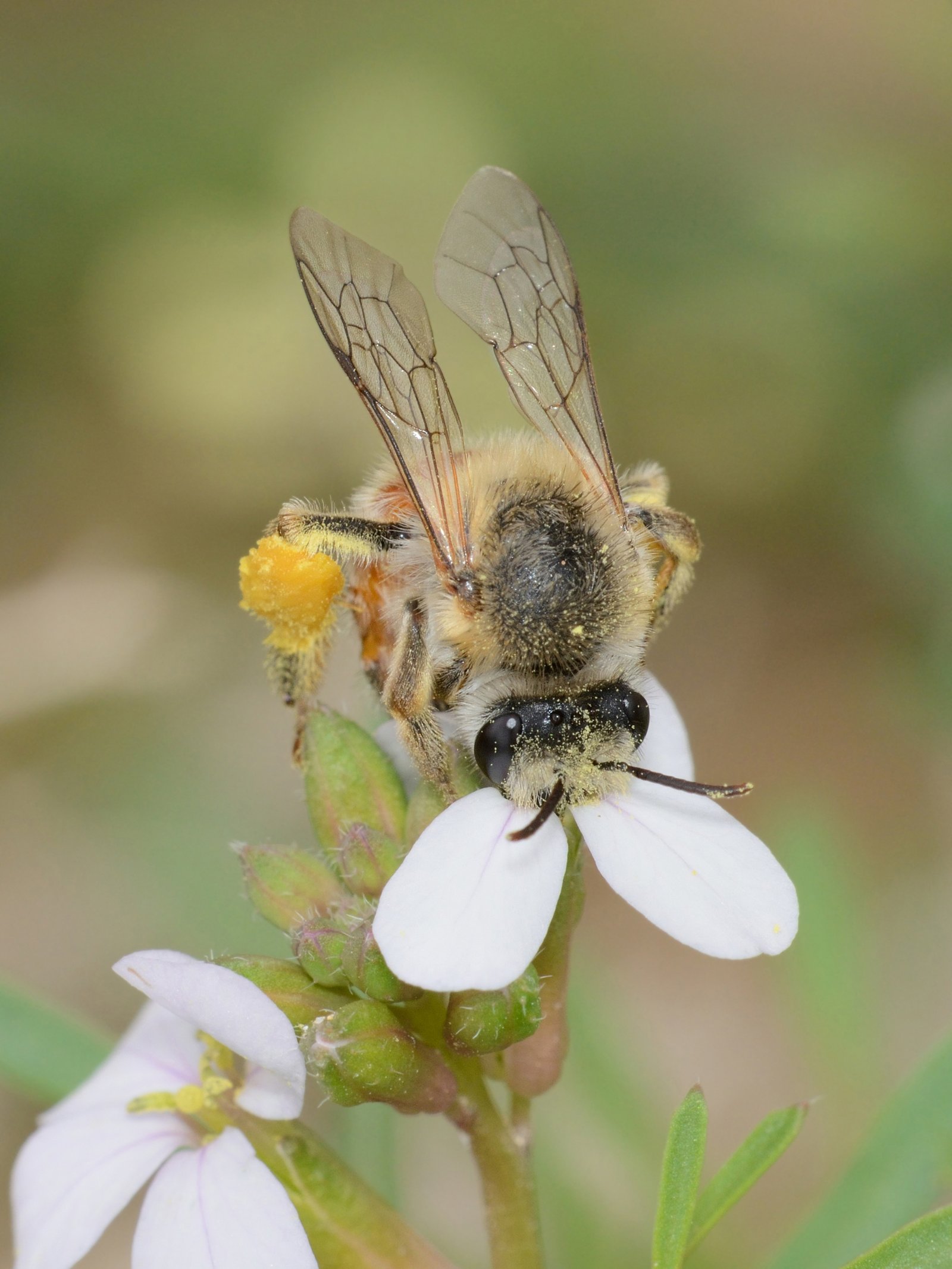
The story of flowers still trying to attract extinct pollinators offers profound lessons about the interconnectedness of life on Earth. It reminds us of the importance of preserving biodiversity and the delicate balance that sustains ecosystems. By understanding and respecting these natural connections, we can work towards a future where both plants and pollinators flourish. The forgotten dance of nature is a call to action, urging us to protect the intricate tapestry of life for generations to come.


